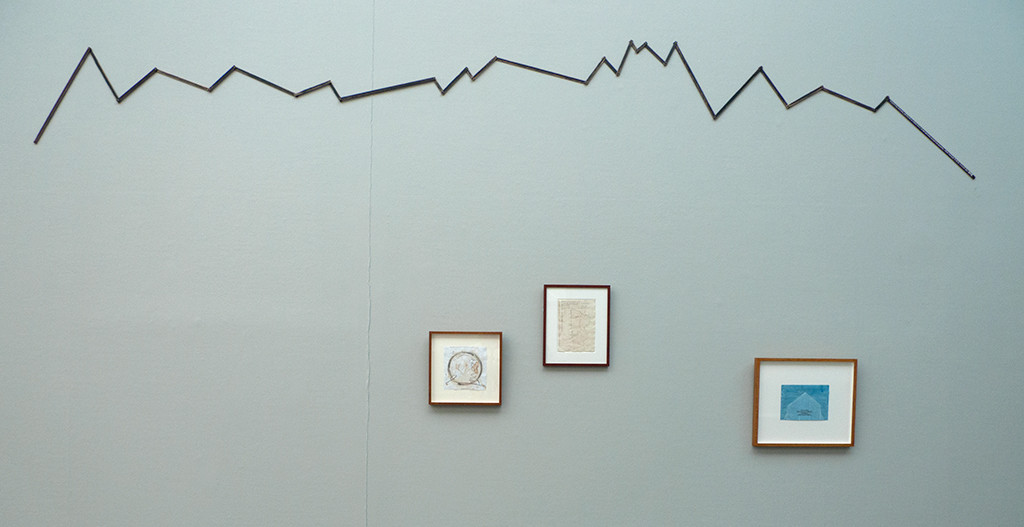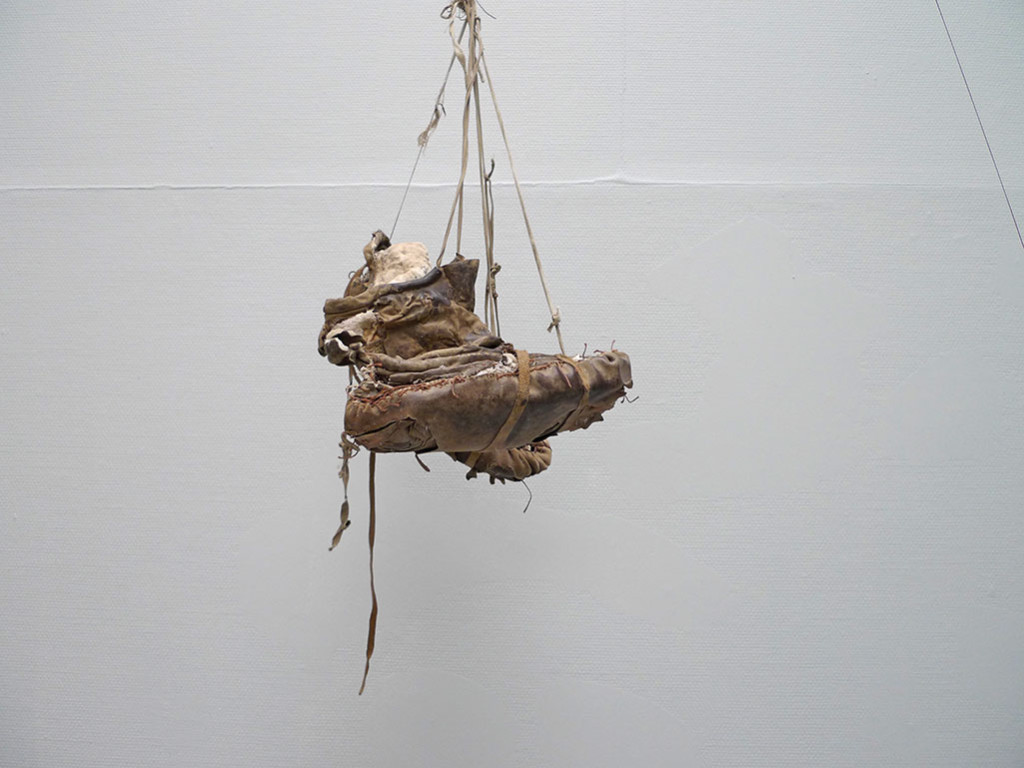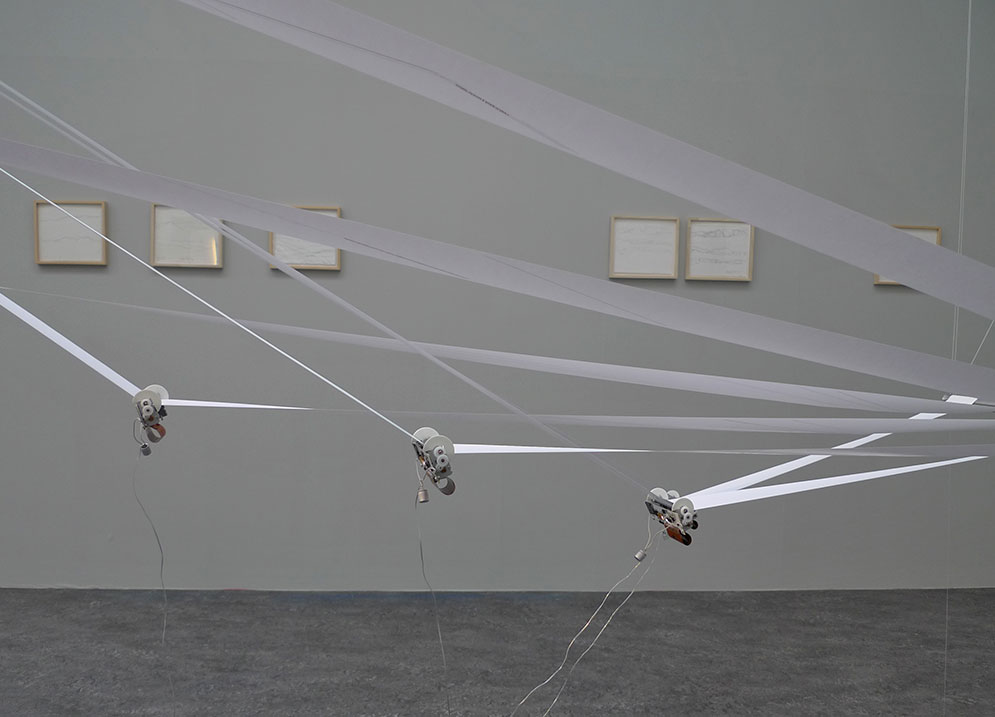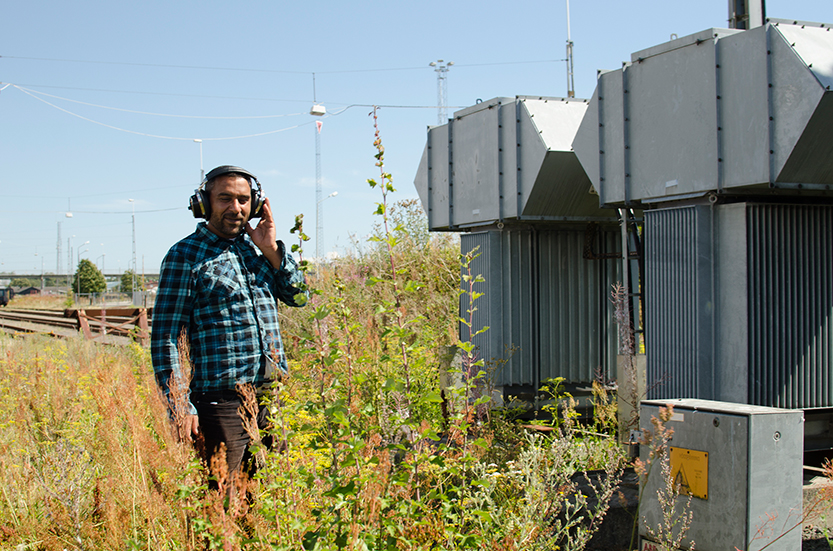Trekking in Time
Trekking in Time
Ystads konstmuseum
3 September – 13 November 2016
Trekking in Time is an international group exhibition that gathers and presents art works by artists that have worked with hiking from different perspectives. It shows works that are both historical and contemporary. It can be works where the artists have used hiking as an action, artistic expression or as a performance.
Curators: Anna Kindvall and Yrr Jónasdóttir
Participating artists:
Marina Abramovic/Ulay
Kerstin Ergenzinger
Hamish Fulton
Gittan Jönsson
Christina Kubisch
Juha Pekka Matias Laakkonen
Richard Long
Tisha Mukarji
Hrafnkell Sigurðsson
Fredrik Strid
Where: Ystad Art Museum, Sweden
The exhibition Trekking in Time is about walking, moving on foot through time and space. We dreamed about creating this exhibition for a long time, combining our interests and profession, walking and art. We have done many walks together, along Skåneleden and in different European mountain ranges. After several holiday walks, our appetite was whetted for walking without time constraints and in 2013, we made it happen.
We took time off during four months and set out on a long trek starting in the Vosges Mountains in France, on through the Jura Mountains and the Alps down to the Mediterranean, continuing into the Italian Alps. We were well prepared for the physical walk, less so for the inner journey we experienced, which was both individual and inevitable. The inner journey was full of ups and downs, just like the physical one, and it became very obvious that walking is more demanding than just moving from one point to the next. Moving slowly provides time and space for unfettered contemplation.
Choosing to set out on a walk is to choose slowness. Time is important, something happens to us when we slow down and stop chasing it. The environment is also of importance. Exploring time and space in relation to ourselves was an essential aspect when we set out on our long trek. There is an amazing state of mind to aspire to; the feeling of just existing here and now, when things happening out of sight and time become insignificant. Thoughts become basic and the focus is on where to place the foot and noticing the butterfly flying past.
We spent much time together wearing hiking boots, in tents, sun and rain. One topic of conversation was art. With this exhibition we wish to immerse ourselves in the walk from an artistic perspective and have invited ten artists who address this theme in different ways. Some of the invited artists work frequently with walking in their art, together with them we have discussed which works to include. In other instances, we have selected a specific work.
The artists’ approach to walking in their art varies, but most of the works included in the exhibition are based on the artist having carried out a walk.
Anna and Yrr
About the artists
The English artists Hamish Fulton and Richard Long have since the 1960s worked exclusively with walking and are considered pioneers in the field. The idea of using walking as an artistic practice has gained interest during the last decade, not least in England where the Walking Artists Network has existed since 2007. Fulton and Long are constantly involved with this activity but their approach to nature and walking can not be more different and this is reflected in their artworks. Fulton never moves anything in nature, unlike Long who creates conceptual works on site.
Juha Pekka Matias Laakkonen works in a similar tradition and for him, too, the walk is a prerequisite. However it is also about other physical activities in relation to time and space. Like his older colleagues he sets up a system which he then follows. Laakkonen’s walks have close links with human rituals and bring to mind amongst other things the historically charged pilgrimages. He carries out extremely demanding rituals himself. Still, we are never really able to acquaint ourselves with the actual walking process with any of the aforementioned artists, the artwork generated might only be a single drawing, a text, a photograph or an object in some way related to the process.
Tisha Mukarji’s work Piano Piece (For George Brecht), 2007 and Fredrik Strid’s Lost and Found, 2012 are both based on long demanding hikes covering two countries. While walking is not necessarily central to their artistic methods, both artists have made use of specific objects in these journeys. Mukarji transports a piano and Strid a specially constructed exhibition podium, which he uses to collect data. Like Long, Fulton and Laakkonen they also set up rules in order to carry out their projects. Although certain similarities exist between Mukarji’s and Strid’s walks, they differ in purpose as well as presentation. What is of concern to Mukarji is the music and the conceptual action of moving a piano, while for Strid the process of collecting while walking is important. For Strid, the podium itself is central to the presentation of the work, while Mukarji exhibits filmed and photographic documentations of the process.
The core of the work of Marina Abramovic and Ulay, who cooperated during the seventies and eighties, was the performance. The Lovers, Great Wall Walk from 1988 is a filmed documentation, it shows the couple walk along the Great Wall of China. Here they chose walking as the performative method and like Laakkonen, they too are interested in rituals and the inner journey of the walk.
Kerstin Ergenzinger employs other methods for documenting her walks; she always carries pen and paper with her. She is concerned with the actual process of movement which alters her perspective creating shifts in the landscape. Sometimes she is aided by her own self-constructed instruments, like the object she attaches to the front of the camera lens in enabling her to take pictures through paper cut-outs.
Christina Kubisch, too, designs and uses her own machines, which allow her to create new experiences of the environment. Music and sound art have always been essential in her work. Sound and technology’s possibilities are the sources of inspiration for her Electrical Walks, started in 2003 and which is part of an ongoing process. To participate in this work the spectators must embark upon a journey themselves.
There is no physical walk behind Gittan Jönsson’s painting Vandrerskan from 2014 nor Hrafnkell Sigurðsson’s photo-graphic series Untitled, 2000-2001. These works relate to man’s access to and use of nature, as well as how nature has been represented in the history of art.






